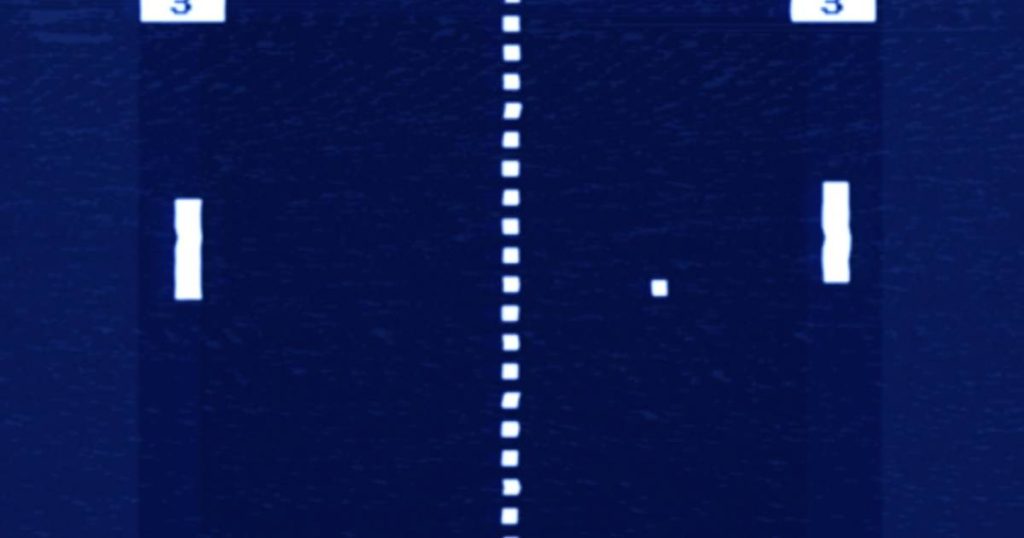Scientists learned the video game Pong in the 1970s to play on lab-grown human brain cells in just five minutes. According to the researchers, their “little brain” can sense and react to the environment. Over time, we hope the technology will be used to test treatments for diseases like Alzheimer’s.
Yuri Flemings
Last updated:
13-10-22, 12:06
source:
BBC, The Guardian
Brett Kagan of Cortical Labs claims that he and his team of researchers from Melbourne, Australia, have for the first time grown a “sensitive” brain on a dish in a lab. Other experts believe this description is exaggerated, although they call the research “exciting”. “We couldn’t find a better term to describe this,” Kagan says. “It is able to take information from an external source, process it, and then act upon it in real time.” Neuroscientist Dean Burnett, affiliated with the Cardiff School of Psychology, still favors the term “thought system”. “Information is clearly passed on and used, causing changes, so the stimulus they receive is ‘thought out’ in an elementary way,” Burnett says.
Creating a small brain is not new in itself. The first was bred in 2013, to study microcephaly, the genetic condition in which the size of the skull is too small for the brain to fully develop. Since then, small brains have been used more often in brain research.
The first of this research is that the brain was connected to an external environmental factor, in this case a video game, and there was an interaction. First, human brain cells were grown from stem cells and some also from mouse embryos. In total, the miniature brain consists of about 800,000 cells. Through the electrodes, brain cells were connected to Pong, one of the first video games, dating back to the 1970s.
The game is based on table tennis. Each player stands at the back of his own half of the court and each has a racket that can only move horizontally and can bounce on the ball. At the top and bottom of the court are two walls that bounce the ball every time it hits the wall. The goal is to get the ball behind the opponent’s racket and score goals.
In the mini-brain experiment, the electrodes indicated which side the ball was on and how far away from the paddles. In response, the cells produced their own electrical activity. As the game progressed, they used less energy. But when they “record” and thus start the game again with the ball at any time, they expend more energy to adapt to the new game situation.
In five minutes, the little brain has learned to play pong. The ball was often missed, but the success rate was much higher than it is still a coincidence, although – the researchers assert – the mini-brain has no awareness and does not know that it is playing pong as a human player perceives it.
Kagan hopes the technology can eventually be used to test treatments for neurodegenerative diseases such as Alzheimer’s disease. Kagan wants to go beyond just seeing whether or not the brain in the dish is showing activity. “The purpose of brain cells is to process information in real time,” he says. “Benefiting from their real job opens up a lot of research areas that can be explored in depth.” Kagan now plans to test how alcohol affects the young brain’s ability to play Pong. He wants to see if brain cells interact like a human brain, making the system an effective alternative to experiments.
The study was published in the journal Neuron after peer review.
Unlimited free access to Showbytes? And that can!
Log in or create an account and never miss any of the stars.

“Total coffee specialist. Hardcore reader. Incurable music scholar. Web guru. Freelance troublemaker. Problem solver. Travel trailblazer.”








More Stories
GALA lacks a chapter on e-health
Weird beer can taste really good.
Planets contain much more water than previously thought